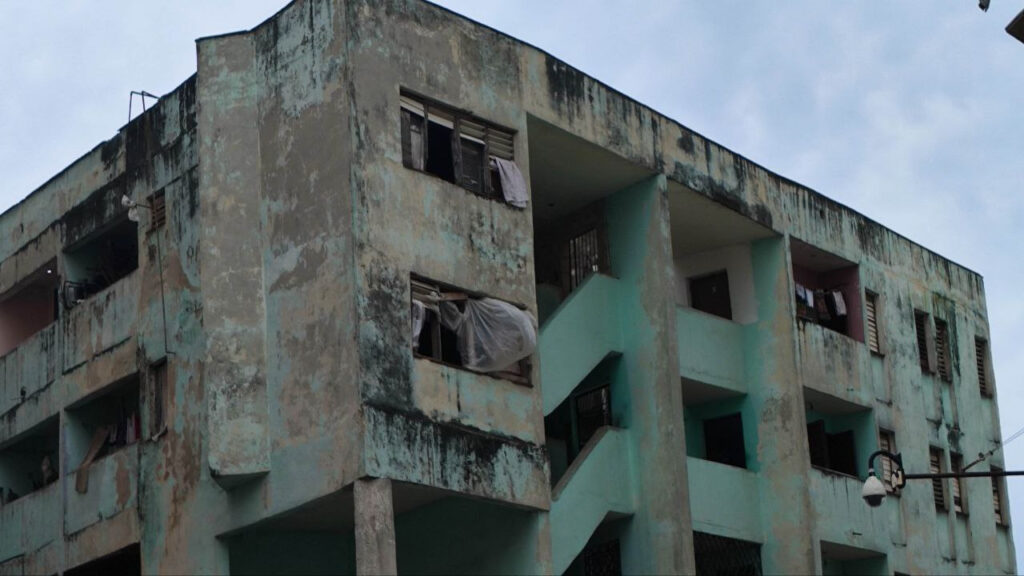Images collected by 14ymedio show a capital city that is filthy and full of beggars

14ymedio, Juan Izquierdo, Havana, 26 August 2024 – Much has changed in Havana since, in 1837, the French painter Federico Mialhe arrived in Cuba to make his fortune with his brushes. A prosperous and vibrant city, the prints he left, collected in multiple engravings, contrast with those collected by 14ymedio reporters: a capital city that is in ruins, filthy and full of beggars.
However, those who walk through the streets of the city often encounter unusual sights. If, in the nineteenth century, Mialhe captured the moment in which a quitrin carriage carried three refined young men near the Fuente de la India – today in the Paseo del Prado – this paper witnessed a similar scene on Tuesday. Exhausted in the August heat, a family of habaneros in teeshirts and flip flops were enjoying a similar outing.


In the background, however, it wasn’t royal palm trees or neoclassical sculptures that were in view, but the outline of a collapsing building and the corrugated iron fencing that contains the debris. The horse itself also didn’t resemble the French one, well harnessed and erect; the twenty first century one has more in common with Don Quijote’s worn out and lean Rocinante.
Even the beggars have changed, although Havana has never been short of them
In Mialhe’s Havana – where his pictures were collected and made public by the exiled collector Emilio Cueto – there were magnificent railings and stained glass windows; in Miguel Díaz-Canel’s Havana the railings are for keeping the burglars out and the windows usually have broken shutters. In place of wide open plazas with habane


